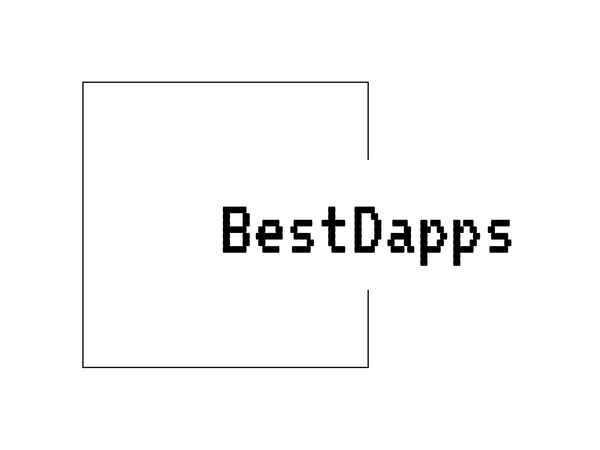
Kusama: The Wild Testbed for Blockchain Innovation
Share
Kusama (KSM): Unpacking Its Core Use Cases
Kusama, often dubbed as Polkadot’s “wild cousin,” plays a crucial role in the development and experimentation of decentralized applications (dApps) within the blockchain ecosystem. Leveraging its underlying architecture, Kusama provides a versatile platform that serves as a testbed for innovation. Here, we delve into some primary use cases where Kusama is making waves.
1. Testing Ground for Polkadot
Kusama is often perceived as the canary network for Polkadot. This means it functions as an experimental platform where developers can test and refine new technologies before deploying them onto Polkadot. By providing an environment with lower barriers and a more flexible governance, Kusama allows for quick iterations and real-world testing in a manner that mitigates risks associated with launching directly on Polkadot.
2. Staging Platform for dApps
The Kusama network is extensively used as a staging platform for decentralized applications wanting to gauge their functionality and usability in a real-world environment. Developers utilize the network’s scalability and advanced interoperability features to create, test, and optimize applications efficiently.
3. Exploring Governance Models
Kusama's robust governance mechanism allows for rapid experimentation with different governance models. Stakeholders can propose and vote on network upgrades or changes, which means the platform is continually evolving. This capability provides insights into how governance can be effectively managed in decentralized environments, paving the way for potential implementations on other networks.
4. Facilitating Interoperable Solutions
Interoperability is a core aspect of both Kusama and Polkadot. Kusama enables developers to test cross-chain compatibility solutions, enhancing the seamless transfer of data and value across different blockchains. This positions Kusama as a pivotal player in realizing the broader vision of interconnected blockchain networks.
5. Enhancing Scalability and Performance
Through its parachain architecture, Kusama significantly enhances scalability and performance. By allowing multiple chains to operate simultaneously, each handling its tasks independently but communicating with each other when necessary, Kusama optimizes resource allocation and ensures high efficiency.
For readers interested in exploring cryptocurrency and blockchain applications further, articles like A Deepdive into Alpha Finance Lab and The Rise of SushiSwap: A DeFi Revolution provide detailed insights into other key players in the industry.
